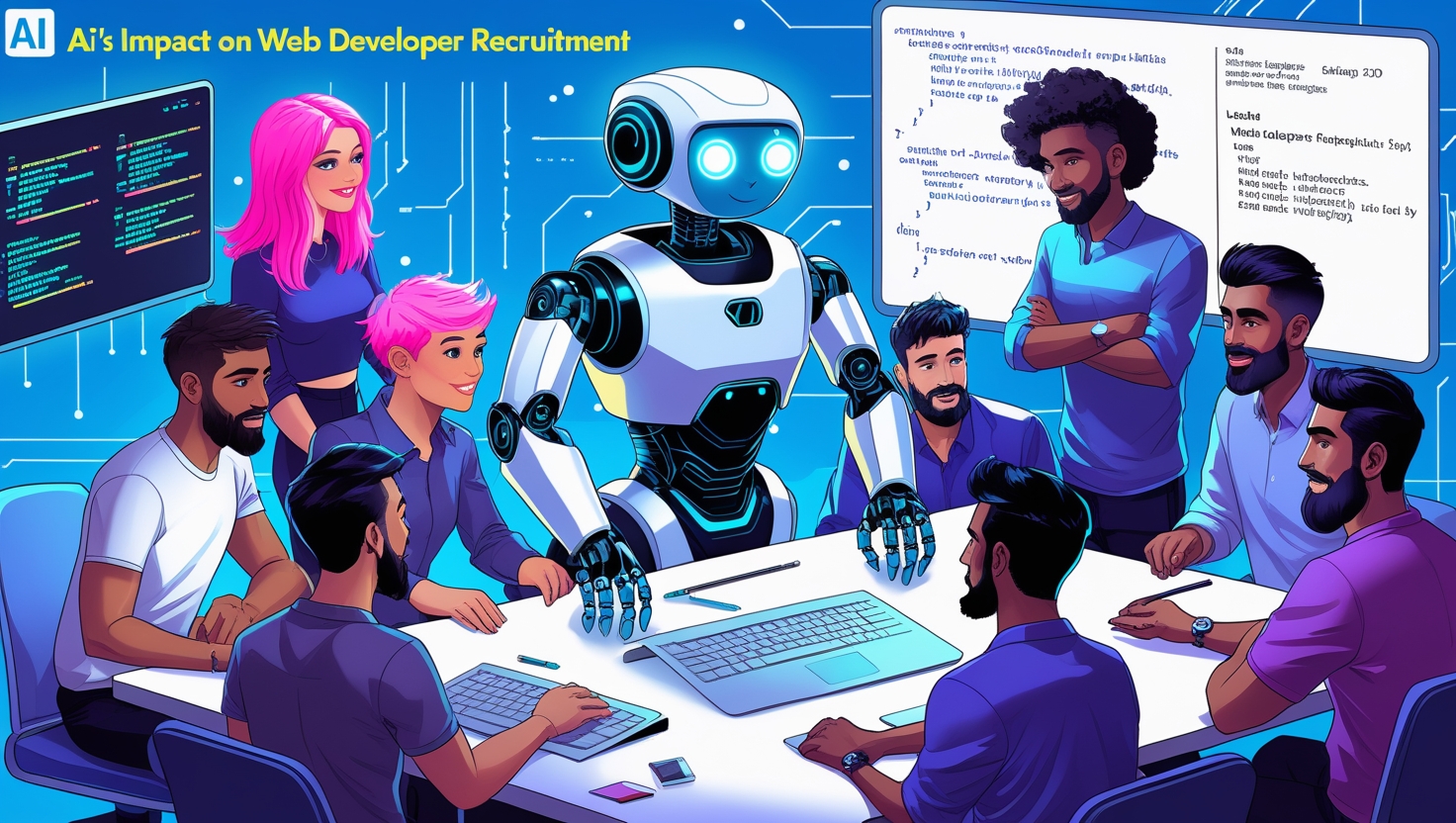When embarking on a new development project, one of the most important decisions you’ll make is selecting the right development framework. The framework you choose will influence the overall success, scalability, maintainability, and cost of the project. A development framework provides a foundation on which to build your software application and typically includes libraries, tools, and best practices to streamline development. With so many frameworks available, it’s crucial to evaluate your project’s needs carefully to ensure you select the best one.
Understand Your Project Requirements
Before diving into frameworks, it’s essential to first define your project requirements. What kind of application are you building? Is it a web app, mobile app, desktop software, or an enterprise solution? Understanding the following factors will help narrow down your choices:
- Type of Application: Are you building a web app, a mobile app, or a desktop application? For instance, web frameworks like Django or Laravel are different from mobile frameworks like Flutter or React Native.
- Complexity: Will your app be simple or complex? For complex projects, full-featured frameworks like Angular or Ruby on Rails may be more suitable, while simpler projects may benefit from lighter frameworks.
- Scalability: Is your application expected to scale significantly? If scalability is a priority, you might want to consider frameworks known for their robustness, like Django (Python) or Spring (Java).
- Integration: Does the project need to integrate with third-party APIs or other software? Some frameworks, like Express (Node.js), offer simplicity and flexibility, allowing easy integration.
Consider the Technology Stack
The technology stack (languages, databases, and tools) you use plays a critical role in the framework selection process. Make sure the framework supports the technology stack you’re planning to use. For example:
- If you’re building a JavaScript-based web application, frameworks like React, Vue, or Angular are popular choices for front-end development.
- For server-side development with Python, Django and Flask are widely used.
- Ruby on Rails is a solid option if you’re working with Ruby.
- If you’re working with Java, Spring is an ideal framework to consider.
A good framework will have compatibility with the core programming language of your project. Ensuring seamless integration with the database, cloud services, and other tools is also essential.
Evaluate the Learning Curve and Developer Expertise
Another important consideration is the learning curve of the framework. Some frameworks are easy to learn, while others require more time and experience. The development process might slow down if your team has limited experience with a particular framework.
- Beginner-Friendly Frameworks: If you’re working with a team that’s new to development or new to a specific framework, look for frameworks with easy-to-follow documentation, supportive communities, and clear tutorials. Flask (Python) and Express (Node.js) are known for their simplicity.
- Advanced Frameworks: Some frameworks are built for more experienced developers and have a steeper learning curve but offer powerful features once mastered. Angular or Spring can take time to learn, but they offer scalability and robustness for large-scale applications.
Consider the skillset of your development team and the amount of time you have for training and onboarding.
Community and Support
A strong community can be an invaluable resource when using a framework. A large and active community often means:
- More tutorials, documentation, and educational resources.
- An abundance of open-source plugins, extensions, and libraries.
- A vibrant ecosystem for resolving issues, sharing knowledge, and asking questions.
Before settling on a framework, investigate how well-established the community is. Popular frameworks like React, Django, Ruby on Rails, and Laravel have huge communities that provide support through forums, online groups, GitHub repositories, and Stack Overflow.
Additionally, check for professional support options. Some frameworks may offer paid support services, which can be a good idea if your application is mission-critical.
Framework Maintenance and Updates
It is important to consider how actively maintained the framework is. Look for frameworks that are regularly updated and have an active release cycle. An outdated or poorly maintained framework could pose security risks or lack important features for future scalability.
Popular frameworks like React and Django are continuously updated with new features, security patches, and performance enhancements. Always check for the latest version and upcoming plans for any framework you consider.
Performance and Speed
The performance of a framework can vary depending on your project requirements. While some frameworks may offer a more extensive feature set, they could come with additional overhead that could slow down your application. In contrast, lightweight frameworks may perform faster but might require you to write more code to implement certain features.
- If speed and low latency are critical for your project, you might lean toward lightweight frameworks like Flask or Express, which offer fast performance and are easier to scale.
- For data-heavy applications that require high performance, frameworks like Spring (Java) and ASP.NET (C#) are designed with performance in mind.
Consider the performance needs of your project and choose a framework that aligns with your goals, whether that’s speed, responsiveness, or heavy computational processing.
Security Features
Security is a critical aspect of any application. A secure framework will have built-in security features to protect against common vulnerabilities such as SQL injection, cross-site scripting (XSS), and cross-site request forgery (CSRF).
- Django (Python) is a good choice for secure applications because it comes with built-in protection against many common vulnerabilities.
- Ruby on Rails also includes several security features and follows best practices to ensure that developers can easily build secure applications.
When selecting a framework, consider whether it includes the necessary security measures and if it has a good reputation for security vulnerabilities.
Cost of Development and Long-Term Maintenance
While some frameworks may seem perfect initially, the long-term costs should also be considered. Choose a framework that allows for rapid development but also supports long-term maintenance.
- Does the framework have the ability to handle future updates and scaling needs?
- Will there be ongoing costs for hiring developers with specific expertise, or does the framework have a large talent pool?
Choosing a framework that is widely used and popular helps ensure that you can easily find skilled developers for maintenance and future work.
Flexibility and Extensibility
Some frameworks provide a more rigid structure, while others are more flexible. For complex applications that require custom features and flexibility, you may prefer a less opinionated framework that allows for greater control over the application’s architecture.
- Laravel (PHP) and Spring (Java) are examples of frameworks that are highly extensible and allow for custom components and configuration.
- If flexibility is not a priority and you prefer an out-of-the-box solution, a more opinionated framework like Ruby on Rails or Angular could suit your needs better.
Consider Future Growth
Finally, consider the future growth of your project. You need a framework that can accommodate increased traffic, additional features, or expanded functionality. Frameworks like Django, Spring, and React are known for being scalable and can handle future demands as your project grows.
Conclusion
Choosing the right development framework is a critical decision that affects the success of your project. By considering the factors outlined above—such as project requirements, technology stack, team expertise, performance, security, and future scalability—you can make an informed decision. Remember that the framework you choose should align with the specific needs of your project, the capabilities of your team, and the long-term goals of your application. Take your time, and choose wisely for the best possible outcome for your development journey.



